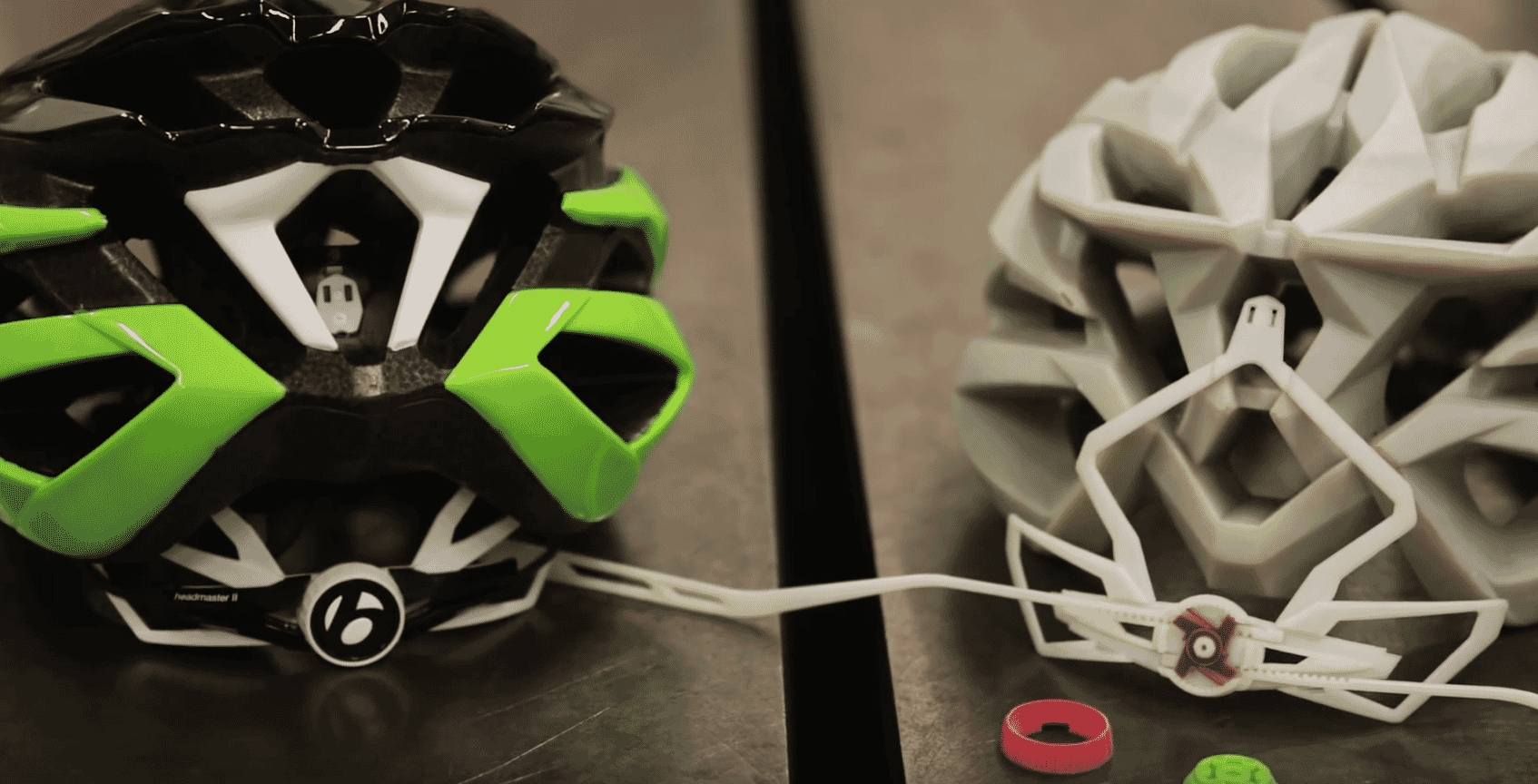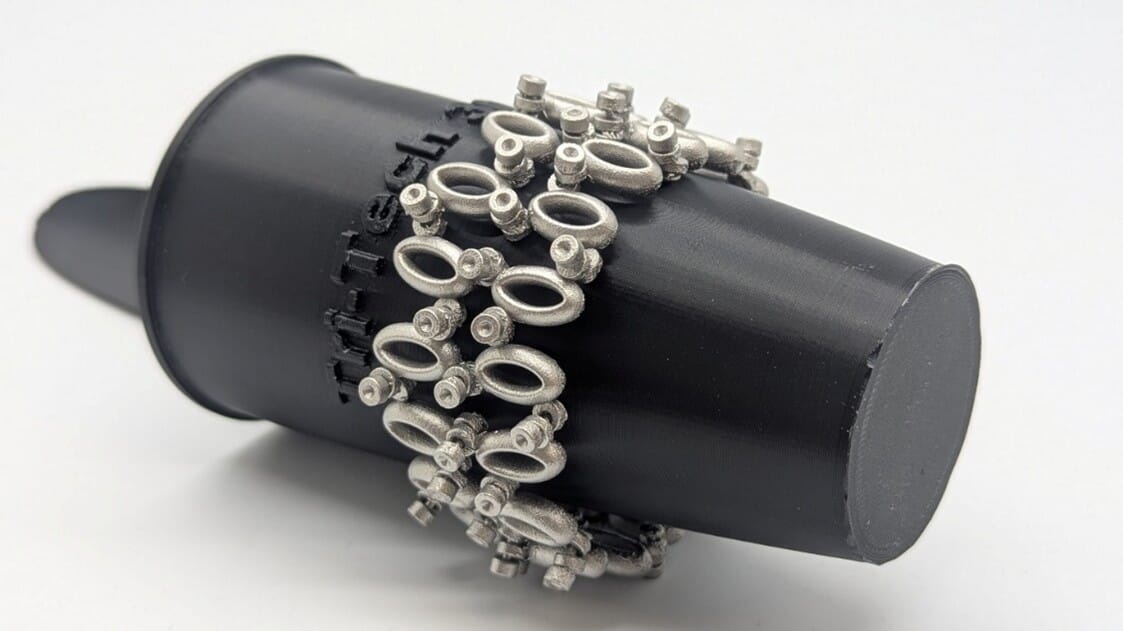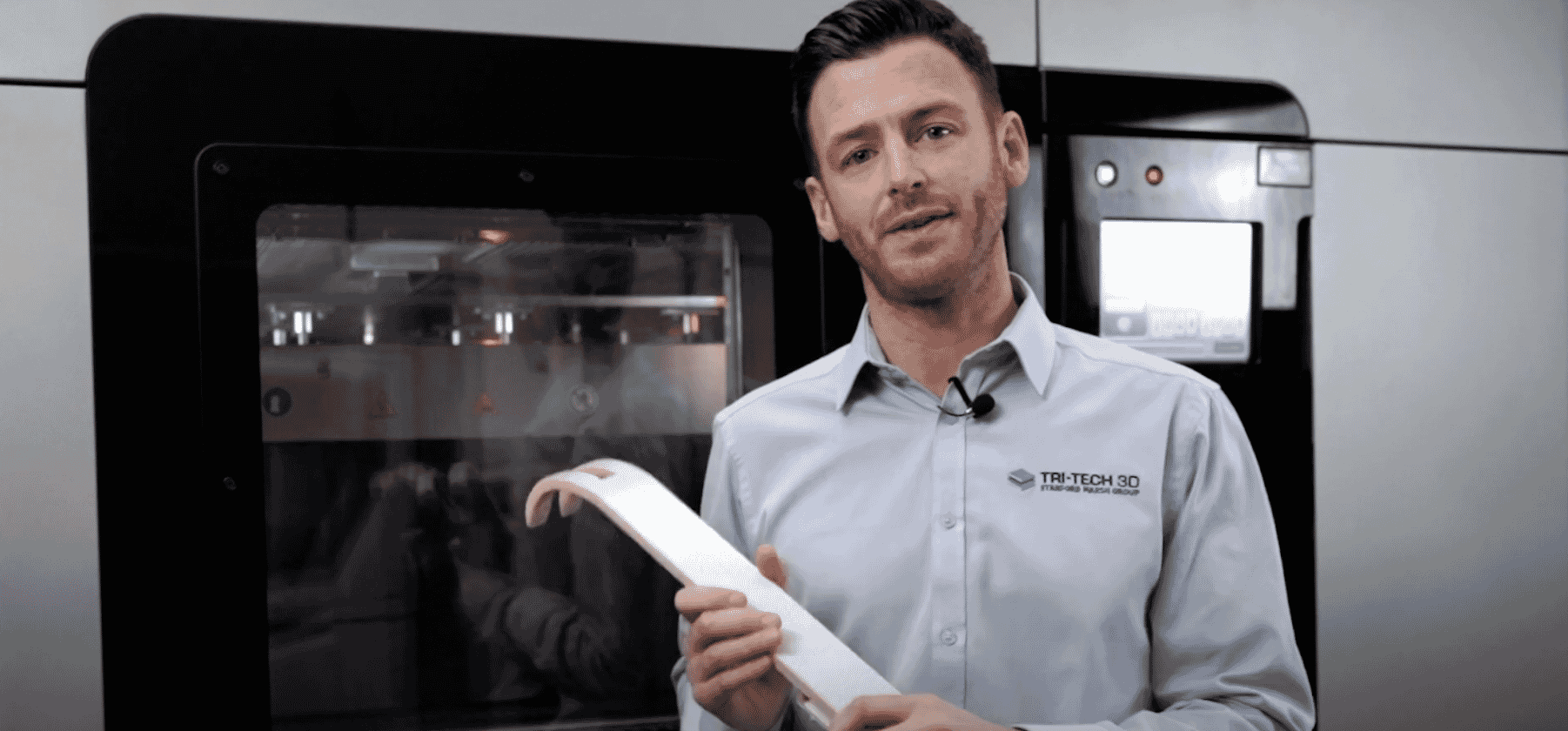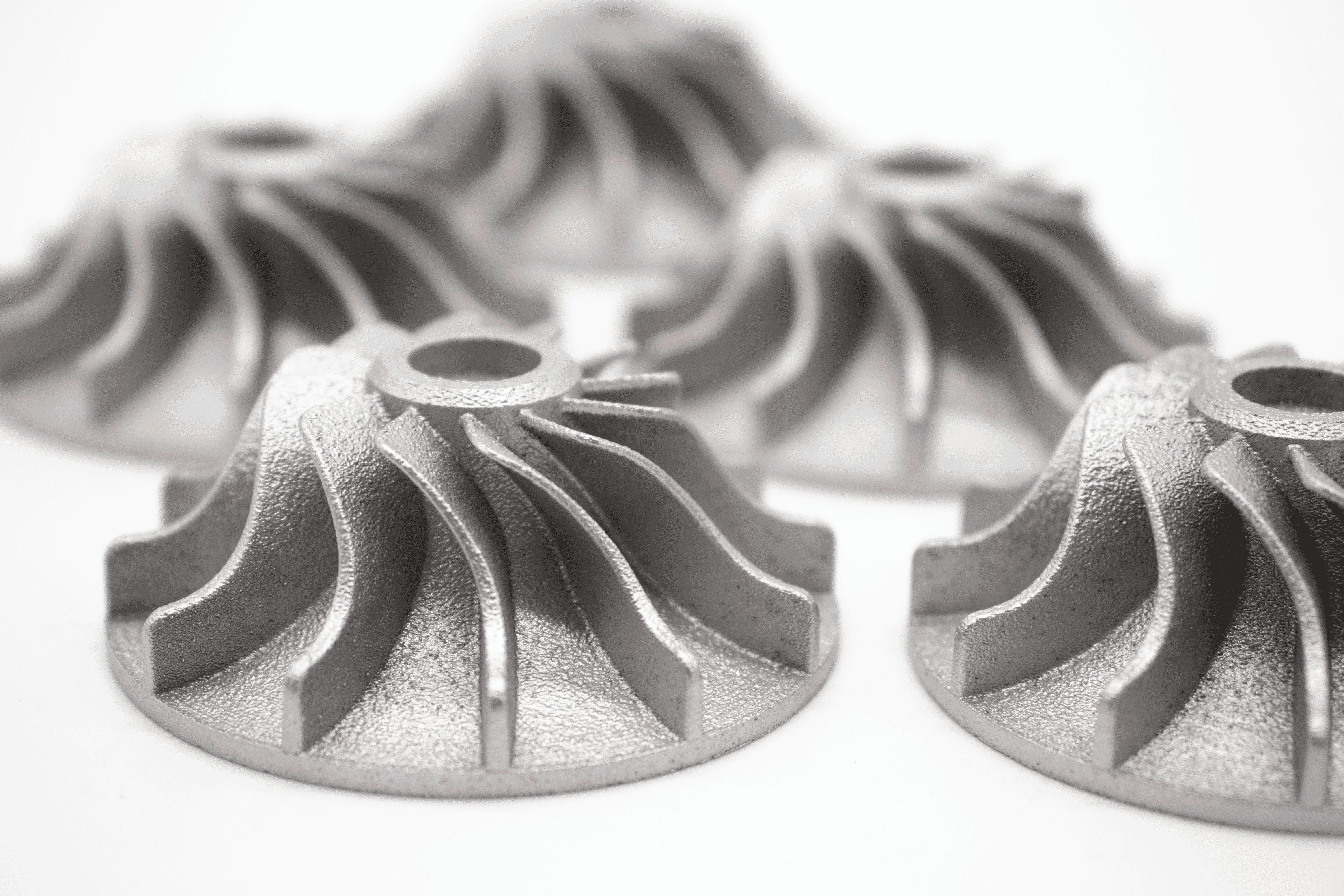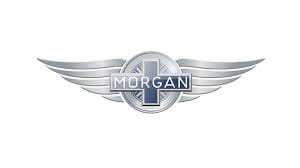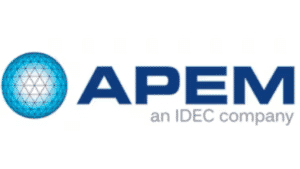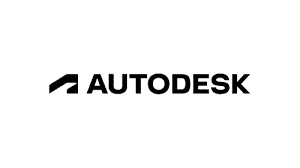Award-winning bicycle manufacturer now produces 4x as many prototypes as before while speeding time to market
Trek was founded in 1976 with a simple mission: Build the best bikes in the world. The company has won multiple awards for design and innovation. Mike Zeigle is the Manager of Trek’s Prototype Development Group, a group of nine pros with a number of tools at their disposal. It includes a machine shop with five CNC machining centers, a full metal fabrication/welding shop, and for a number of years, service bureaus to whom they outsourced… SLA jobs.
Importance of Prototyping
Prototyping plays a crucial role in all phases of Trek’s product development cycles. Industrial designers, mechanical engineers, graphic artists and marketing staff all utilize prototypes, so Zeigle’s staff of programmers, machinists and welders keeps busy.
When Trek’s annual costs for service bureaus reached $275,000, Trek’s Engineering and Design Manager decided it was time to consider purchasing an in-house rapid prototyping system, and asked Zeigle to come up with some options. A colleague suggested Objet’s Connex500™ 3D printing system, a clean, office-friendly machine that produces parts that rival those made with SLA in terms of quality and finish.
Unlike the other technologies Zeigle considered, Objet’s Connex offers the unique ability to print parts and assemblies made of multiple model materials, with different mechanical or physical properties, all in a single build. Parts produced on the Objet Connex have smooth and durable surfaces, with exceptionally fine details.
Capability of Digital Materials
According to Zeigle, the fact that the Objet Connex could jet digital materials – meaning, mix two materials together in order to increase durometers – was a key selling point, as was the Objet Connex’s ability to combine two materials in one part. “The Objet Connex was the only rapid prototyping machine we evaluated that would allow us to do one build with multiple materials and durometers,” says Zeigle. “You can’t do that with SLA or other brands of 3D printers, and it really sold us. The Objet Connex changed my perception of 3D printing.”
Cutting lead times
Prior to having its Objet Connex, the Trek team would have produced prototype parts out of aluminum or dense foam using CNC processes in its machine shop and mixed them with SLA parts outsourced to a service bureau. The time frame, says Zeigle, would have been quite different, as it can take a week or more to get a CNC part and several days to get an SLA part.
By contrast, lead time for a part made in house on the Objet is usually less than one day. Lupe Ollarzabal, the engineer who runs Trek’s Objet Connex printer, says that having the Objet Connex in house has made a big impact on Trek’s productivity. “Our Objet Connex enables us to either get a new product to market quicker, or to get a better product to market on time – and in many cases, it’s both,” says Ollarzabal – whom Zeigle describes as the “go-to guy” for designers who need a prototype part immediately. “Either way, we win and so do our customers. If we’re crunched for time, it really helps us.”
Perfect results
Trek’s designers are thrilled with the Objet Connex – instead of waiting days or weeks for their prototypes, they can now hold a part in their hands in as little as 30 minutes. They are also prototyping a lot more frequently. “75 percent of the prototypes we create are things we never would have prototyped before,” says Zeigle. “When we outsourced or had to rely on our in-house milling operation, it was just too expensive and time consuming to do a lot of prototyping.” Zeigle notes that the Objet Connex has also helped significantly reduce tooling mistakes that can add weeks or months to a product launch schedule.

